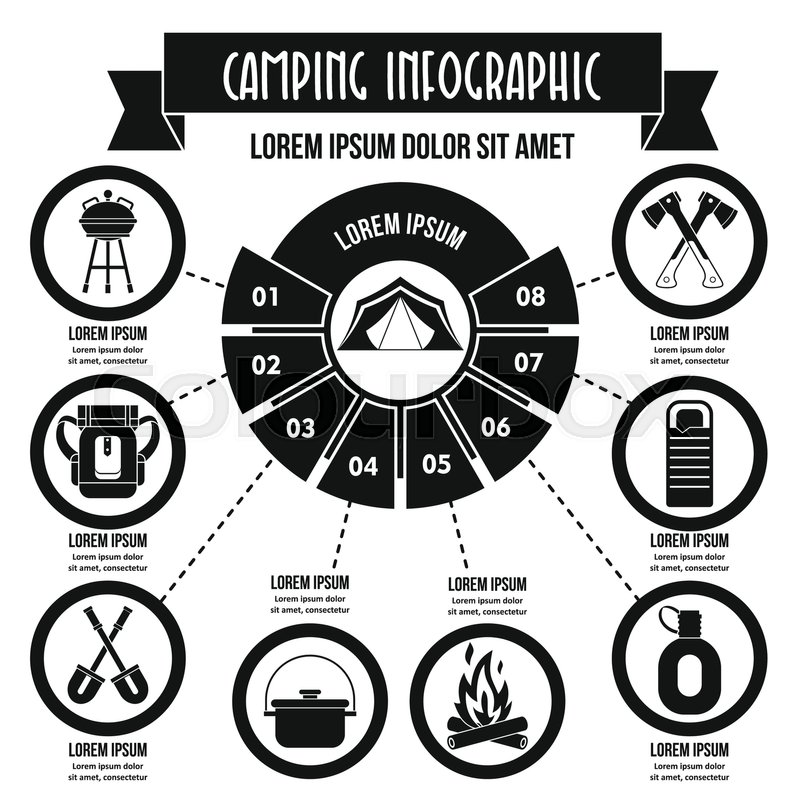Commonly consisted of with camping tents, man lines enhance sanctuary longevity by sustaining the structure in adverse climate condition. They advertise ventilation by maintaining a crucial separation in between the camping tent body and rainfall fly, and they reduce textile drooping that can result in structural instability or pain.
Suitable individual line material has adjustability for fine-tuning the stress and keeping it taut, and holds flexible knots like the taut line hitch well.
1. Polyester
Polyester has actually long been a preferred fabric fibre for its toughness. Developed by the DuPont Company throughout World War II, it rapidly came to be popular as a replacement for all-natural fabrics like cotton because of its remarkable strength and wear-resistance. Polyester is likewise flexible, suggesting it can be molded and formed as required to fit the needs of the product. Its low-maintenance nature and crease-resistant residential properties make it easy to take care of.
There are a number of sorts of polyester available on the market, consisting of pet dog polyester (polyethylene terephthalate) and PCDT polyester (poly-1, 4-cyclohexylene-dimethylene terephthalate). The latter is less usual but is much more flexible than its pet dog counterpart, making it optimal for sturdy applications like drapes or upholstery. Another choice is plant-based polyester, which utilizes eco-friendly ingredients and has a lower environmental effect than family pet polyester. Nonetheless, plant-based polyester is more expensive to create and is less long lasting than its pet dog and PCDT fabric matchings. Despite these drawbacks, polyester remains a prominent and flexible material for lots of items.
2. Nylon
Nylon is a preferred design product with an impressive set of benefits. Its strength and sturdiness make it a trustworthy selection for individual lines, while its convenience permits tailored applications.
Nylon stands up to abrasion and rubbing with call surface areas, making it perfect for applications that call for constant usage or high tons. It is likewise immune to rot and mold, which prolongs its life expectancy family tent in outside atmospheres. Furthermore, its elasticity decreases tension on hardware and equipment.
Nylon can be molded into different stock shapes, including poles, tubes, and sheets, that makes it a superb selection for production. Its simplicity of production contributes to its cost-efficiency, allowing it to take on extra pricey all-natural materials. It dries quickly and can be colored to attain wanted looks, additionally boosting its attract producers. Its low dampness absorption additionally stops mold and fungi from expanding externally. This minimizes maintenance time and costs for tools that makes use of nylon line.
3. Polypropylene
Polypropylene is among the most widely used plastics on the marketplace today. It is generated with a process called polymerization that makes use of titanium-based stimulants, co-catalysts and hydrogen to manage the molecular weight. The end outcome is a semi-crystalline product with a low melting point and excellent chemical and stress and anxiety resistance buildings.
This material is frequently modified to boost clearness, flame retardancy or radiation resistance. It can additionally be intensified with other products to produce a variety of items. For instance, the PSA Peugeot used a polyester-based substance made with 30% sliced abaca fibre to make door panels and top and lower trim parts for its automobiles.
In addition to its remarkable tiredness and stress resistance, polypropylene supplies outstanding chemical resistance, particularly to watered down acids. These benefits, paired with its biological-resistant residential properties, imply that it is ideal for producing medical tools like Petri dishes and sampling bottles. It can also be utilized to make surgical devices.
4. Cordura
This tough product is made from high-tenacity woven nylon or polyester INVISTA(tm) yarns and is solid and resistant. Two times as durable as nylon and 3 times stronger than cotton canvas, cordura is a wonderful option for tools that gets harsh use.
Its high longevity reduces deterioration, extending the life of items like knapsacks, workwear, and gear, lowering expenses for substitute. Its flexibility and toughness also make it appropriate for military gear, exterior apparel, satchels, and luggage.
A typical textile for printed apparel, backpacks, and baggage, it can be tailored with a large range of coating and color alternatives to suit your service's brand name. You can also discover liable options made from recycled products like Cordura re/cor(tm) RN6, an eco-friendly variation that makes use of post-industrial waste. It's a sustainable choice that fulfills the same high-performance requirements as standard Cordura fabrics.
